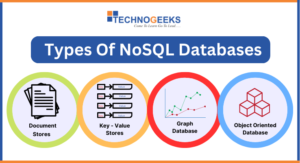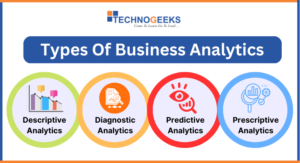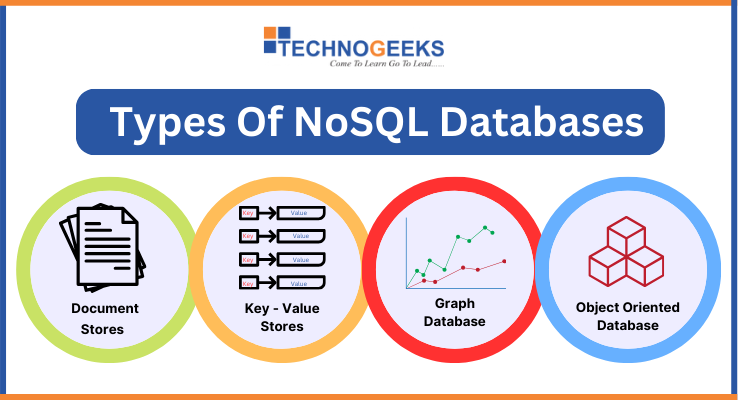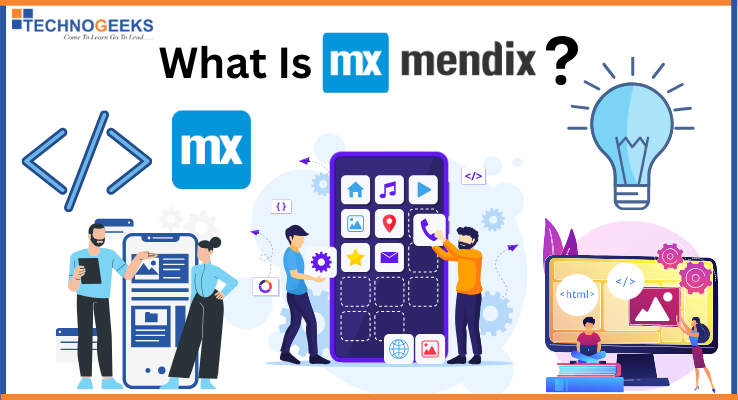Table of Contents
ToggleBefore starting a road trip, it is important to plan and create a roadmap. You may end up losing time & fuel by taking inefficient routes without a clear plan. Business intelligence architecture plays a similar role in BI. You can make well informed decisions / plans with this process. Your business will go in the right direction because of those decisions.
As we know, in today’s competitive business world, making effective decisions relies heavily on having high-quality information. This need has given rise to Business Intelligence (BI) architecture, which aims to provide agile access to a well-organized data storage warehouse. This warehouse serves as the foundation for improving business performance by delivering fast, accurate, and relevant data insights.
In this blog, we will cover what is business intelligence architecture , components of business intelligence architecture. Additionally, we will cover what technology is used in Business Intelligence Architecture.
Let’s first understand What is business intelligence architecture?
Level up your skills in Business Intelligence. Enroll now and become an expert.
What Is Business Intelligence Architecture?
Business Intelligence (BI) architecture refers to the underlying framework or structure. This structure can efficiently gather & analyze large amounts of data. With this, it’s possible to generate actionable insights and make informed business decisions.
Think of BI architecture as the blueprint or foundation that supports the entire data analysis and decision-making process within an organization. It provides a structured approach to collecting, managing, and utilizing data effectively.
What are the Components of Business Intelligence
1) Data Sources
So basically Data sources are the systems and applications that generate and store data within an organization.
For example:
- Transactional databases
- Customer relationship management (CRM) systems
- Enterprise resource planning (ERP) systems
- Spreadsheets
- External data sources such as social media platforms or data providers
2) Data Extraction, Transformation, and Loading (ETL)
ETL processes extract data from various sources, transform it into a consistent format, and load it into a central data repository called a data warehouse or a data mart. ETL tools or custom scripts are used to automate these processes, ensuring data quality and integration.
Unlock the world of ETL testing. Enroll now to become an ETL testing specialist.
3) Data Warehouse/Data Mart
Think of a data warehouse as a big storage hub where organized and ready-to-use data from different places is kept. This data becomes easy to search and study, basically it allows you to see how things have happened in your organization over time.
Now, imagine data marts as smaller sections of this warehouse, each holding information about just one part of the business. Using Data Marts technique, you can quickly dive into details about specific areas or departments without getting overwhelmed by all the data at once. It’s like having your important info neatly arranged and accessible when you need it.
4) Data Modeling
Data modeling is similar to making a map for data. Dimensions (categories like time, place, product) organize the data, while measures (numbers like sales, revenue) are what you want to analyze. The best part of data modeling is it helps you find patterns and answer questions effortlessly.
5) BI Tools and Applications
Think of BI tools as special gadgets that let you play around with and understand the information saved in your data warehouse. They are like helpful friends that help you make sense of all that data. These tools include things like report makers, dashboards (fancy screens with info), software that draws pictures from data, tools to ask specific questions, and platforms where you can help yourself.
The best part about Business Intelligence tools is that you don’t need to be a computer genius to use them. They’re like simple games you can easily play with, and they let you create reports and figure things out without needing super technical skills. We need to just drag and drop, click around, and you’re good to go!
6) Analytics and Business Intelligence
Imagine using tools to find important stuff in your business data. You look at the info, get cool ideas (insights), and make smart choices. These tools use tricks like finding hidden things in data (data mining), using math to see patterns (statistical analysis), guessing what might happen (predictive modelling), and keeping track of how well things are going (business performance). It’s like having detective and helper for your data!
7) Presentation and Delivery
The insights and reports generated through BI analysis need to be presented to business users in a meaningful way so the users can easily understand the data. This involves –
- interactive dashboards
- scheduled reports
- Alerts
- mobile applications.
BI should provide information to stakeholders that should be relevant, on time, and easy to understand. That is the ultimate goal of BI analysts.
8) Data Governance and Security
Think of data governance as a set of rules & safeguards for your digital vault. Just like a bank ensures your money is secure and only accessible to the right people, data governance ensures your data is accurate, protected, and follows the right guidelines. Data Governance is like having security measures in place to keep your valuable information safe from any unwanted visitors.
What Are The Business Intelligence Architecture Principles?
- Data Integration
- Data Quality
- Scalability
- Flexibility
- Data Governance
- Self-Service Analytics
- Performance Optimization
- Information Accessibility
- Data Visualization
- Collaboration
- Continuous Improvement
- Alignment with Business Goals
What Technology Used In Business Intelligence Architecture?
Technology is like a key player in business intelligence architecture. It helps gather, store, study data, and share useful ideas within a company.
The right technology empowers businesses to gather data effectively and take action based on that information.
The technologies used in Business Intelligence (BI) architecture include:
- Data Warehousing
- Extract, Transform, Load (ETL) Tools
- Reporting and Visualization Tools
- Data Mining and Predictive Analytics
- Cloud Computing
- Machine Learning & Artificial Intelligence (AI)
- Data Virtualization
Conclusion
I hope you understand “What is Business Intelligence Architecture?” Importance Of Business Intelligence Architecture: Remember that it’s all about gathering, organizing, and studying data in your supply chain. If you have any questions regarding Business Intelligence Architecture , feel free to add them in the comment section.
Enroll now and take the first step towards a successful career. Click here to join our courses today!















